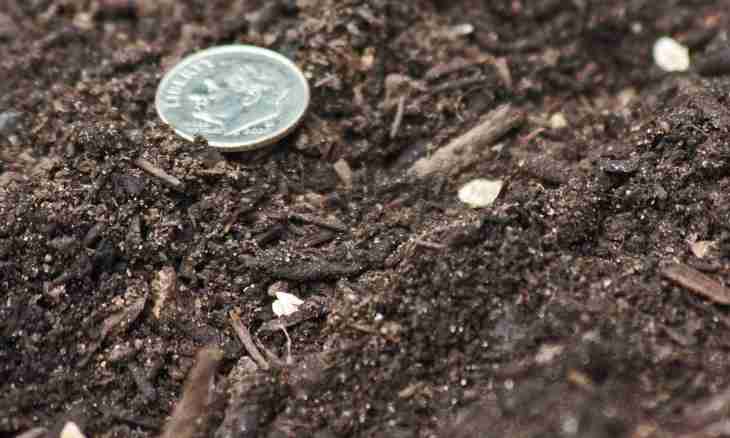It is possible to estimate the main characteristics of the soil on wild-growing plants indicators. They will allow to determine such parameters as acidity, the mechanical and chemical composition, nutritiousness and humidity.
Acidity of the soil – the important parameter for gardeners and gardeners. The high acidity is adverse for cultivation of the majority of species of cultural plants as such soil contains less useful minerals. Besides, in the sour soil the content of toxic compounds of aluminum, manganese, a pine forest and iron increases. In such conditions also mosses, a heather and club mosses, resistant to toxins, grow unpretentious in food. Soils srednekisly and subacidic can be found under thickets of a cat's pad, a horse sorrel and plantain big.
Soil with neutral acidity is ideal for cultivation of the majority of agricultural and many ornamental plants. The shepherd's bag, a wood louse and wild radish testifies to the neutral pH level of soil solution. In alkaline soils the access of plants to nutrients, especially to phosphorus therefore here it is possible to see herbs, resistant to the shortage of this microcell, is at a loss: mustard field and plantain lantsetolistny.
Indicators of fertile friable soil with a wide layer of the dark humus containing organic matter are annual grassy plants with abundance of small flowers: forget-me-not field, dymyanka medicinal and others. On the condensed nutritious soil plants with a short stalk and leaves creeping on the ground grow: plantain big, buttercup creeping. Fertile sites of the soil of average density are preferred by a nettle, raspberry wild, a wood louse.
On soil poor in nutrients unpretentious mosses and lichens survive. In forests at high humidity of such soil it is often possible to see small creeping berry bushes: cranberry, cowberry, bilberry. Easy sandy soils contain not enough moisture and humus and therefore cannot successfully support growth of field and meadow herbs. On such soil plants with the long roots capable to extract ground waters from the lower soil layers successfully survive. The plants-succulents reserving additional moisture in various bodies live in droughty climate of semi-deserts and deserts: leaves, roots, trunk. Heavy clay soil is rich with various useful minerals, but they badly pass air and water to roots of plants. Indicators of such soils are creeping or low plants with a short stalk, for example a buttercup creeping or a plantain big. In the soil tells presence of grassy plants with a high stalk and magnificent foliage about high content of nitrogen: nettles, orach and kaluzhnitsa. Point creeping plants from family of bean to a lack of this element: a lucerne, astragat also others.

